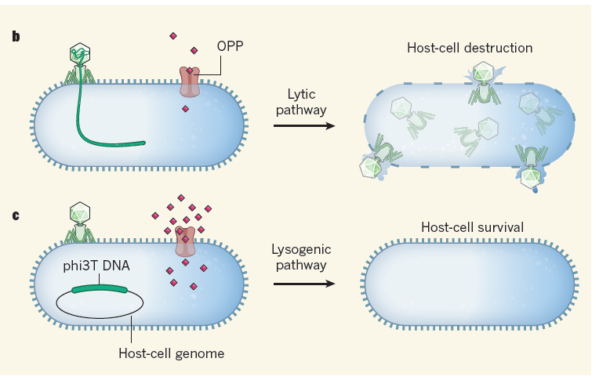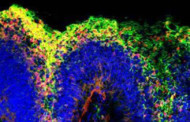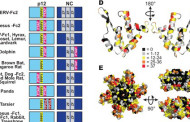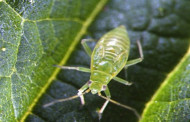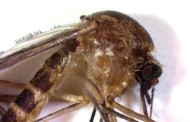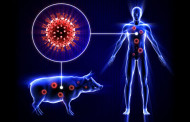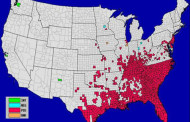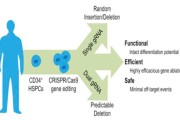The tail of bacteriophage T4 is shown before (left) and after (right) binding to a host cell. Upon attachment to the bacterium, the bacteriophage pierces the host cell envelope and injects i... Read more
Researchers at University of California San Diego School of Medicine, with colleagues in Brazil and Senegal, have described the first “direct experimental proof” that the Brazili... Read more
If there is ever a contest for Least Appreciated Creature on Earth, first prize should go to a microbe called Wolbachia. The bacterium infects millions of invertebrate species, including spi... Read more
Mammalian genomes typically contain hundreds of thousands of endogenous retroviruses (ERVs), derived from ancient retroviral infections. Using this molecular ‘fossil’ record, we... Read more
The leaves of virus-infected plants reflect light differently to attract the attention of disease-spreading greenfly, new research suggests. Scientists from the University of Bristol have sh... Read more
The team of researchers from the Institute of Parasitology at Vetmeduni Vienna sampled nearly 1,500 house mosquitoes in eastern Austria. The northern house mosquito Culex pipiens, representi... Read more
While swine flu viruses have long been considered a risk for human pandemics, and were the source of the 2009 pandemic H1N1 virus, attention has recently turned to the transmission of flu vi... Read more
Only a few years after its discovery, it is difficult to conceive of genetics without the CRISPR-Cas9 enzyme scissors, which allow for a very simple, versatile and reliable modification of D... Read more
The southeastern US, including much of Texas through to Florida, have ideal conditions for spread of Zika virus according to a new study published in eLife. А large portion of global tropica... Read more
A new Yale-led study suggests that death from influenza virus in older people may be primarily caused by a damaging immune response to flu and not by the virus itself. The insight could lead... Read more


